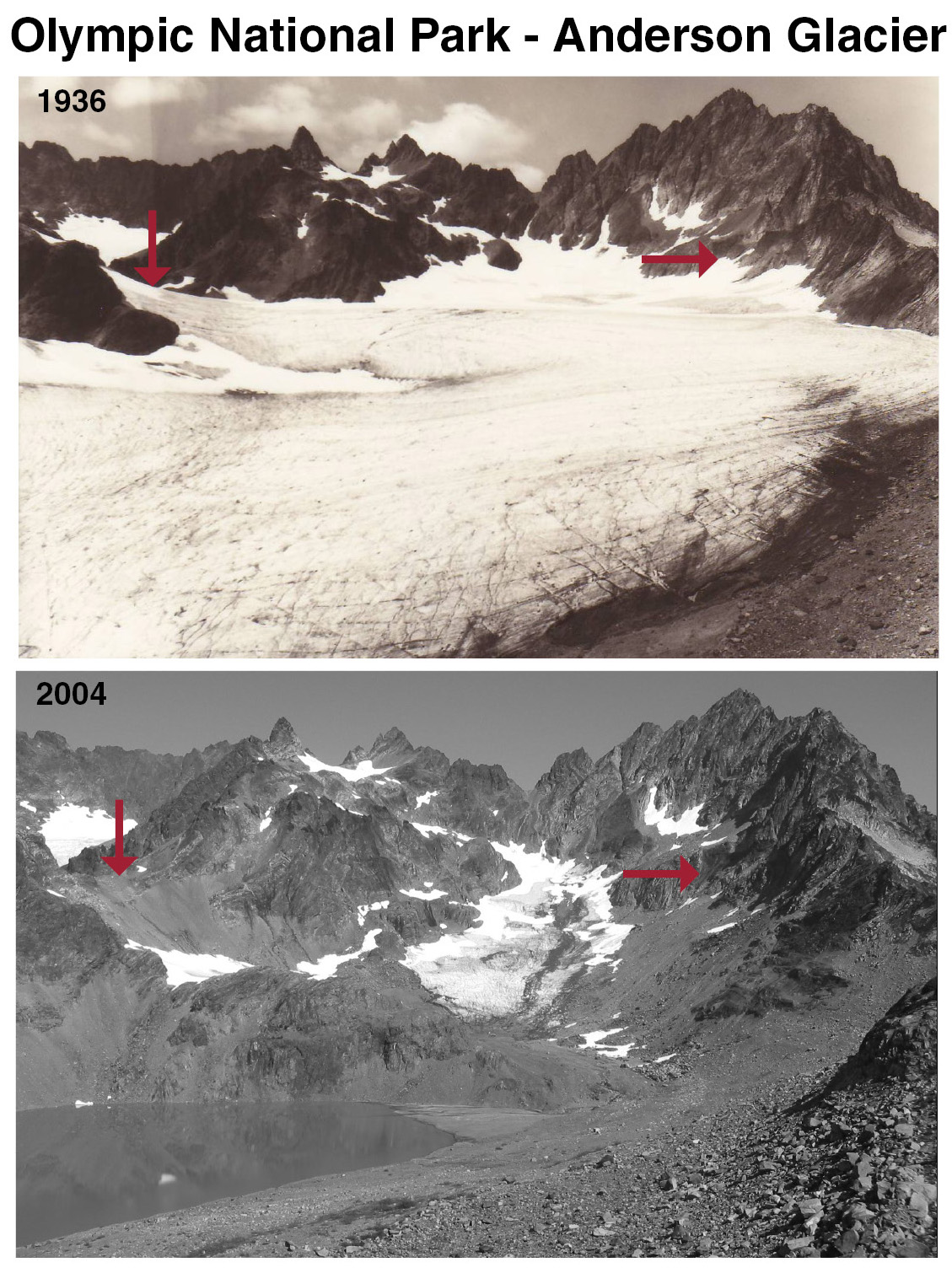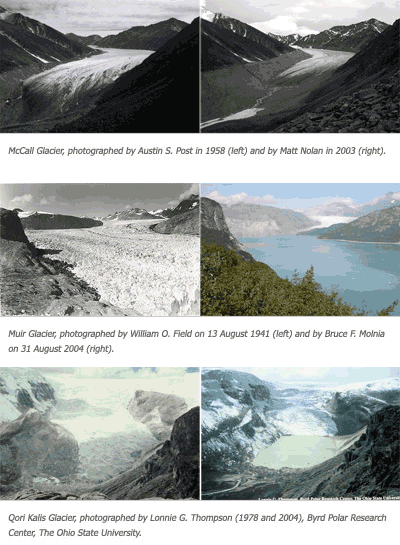Old Rocks
Diamond Member
The Melting Himalayas: Cascading Effects of Climate Change on Water, Biodiversity, and Livelihoods
JIANCHU XU,∗†∗∗ R. EDWARD GRUMBINE,‡ ARUN SHRESTHA,§ MATS ERIKSSON,§ XUEFEI YANG,∗ YUN WANG,∗ AND ANDREAS WILKES† ∗Key Laboratory of Biodiversity and Biogeography, Kunming Institute of Botany (CAS), 132 Lanhei Road, Heilongtan, Kunming 650204, China †World Agroforestry Centre, China Program, 132 Lanhei Road, Heilongtan, Kunming 650204, China ‡Prescott College, Prescott, AZ 86301, U.S.A. §International Centre for Integrated Mountain Development, Kathmandu, Nepal
Abstract: The Greater Himalayas hold the largest mass of ice outside polar regions and are the source of the 10 largest rivers in Asia. Rapid reduction in the volume of Himalayan glaciers due to climate change is occurring. The cascading effects of rising temperatures and loss of ice and snow in the region are affecting, for example, water availability (amounts, seasonality), biodiversity (endemic species, predator–prey relations), ecosystem boundary shifts (tree-line movements, high-elevation ecosystem changes), and global feedbacks (monsoonal shifts, loss of soil carbon). Climate change will also have environmental and social impacts that will likely increase uncertainty in water supplies and agricultural production for human populations across Asia. A common understanding of climate change needs to be developed through regional and local-scale research so that mitigation and adaptation strategies can be identified and implemented. The challenges brought about by climate change in the Greater Himalayas can only be addressed through increased regional collaboration in scientific research and policy making
http://academic.regis.edu/ckleier/Conservation Biology/Melting_Himalaya.pdf
Full paper available at the link.
JIANCHU XU,∗†∗∗ R. EDWARD GRUMBINE,‡ ARUN SHRESTHA,§ MATS ERIKSSON,§ XUEFEI YANG,∗ YUN WANG,∗ AND ANDREAS WILKES† ∗Key Laboratory of Biodiversity and Biogeography, Kunming Institute of Botany (CAS), 132 Lanhei Road, Heilongtan, Kunming 650204, China †World Agroforestry Centre, China Program, 132 Lanhei Road, Heilongtan, Kunming 650204, China ‡Prescott College, Prescott, AZ 86301, U.S.A. §International Centre for Integrated Mountain Development, Kathmandu, Nepal
Abstract: The Greater Himalayas hold the largest mass of ice outside polar regions and are the source of the 10 largest rivers in Asia. Rapid reduction in the volume of Himalayan glaciers due to climate change is occurring. The cascading effects of rising temperatures and loss of ice and snow in the region are affecting, for example, water availability (amounts, seasonality), biodiversity (endemic species, predator–prey relations), ecosystem boundary shifts (tree-line movements, high-elevation ecosystem changes), and global feedbacks (monsoonal shifts, loss of soil carbon). Climate change will also have environmental and social impacts that will likely increase uncertainty in water supplies and agricultural production for human populations across Asia. A common understanding of climate change needs to be developed through regional and local-scale research so that mitigation and adaptation strategies can be identified and implemented. The challenges brought about by climate change in the Greater Himalayas can only be addressed through increased regional collaboration in scientific research and policy making
http://academic.regis.edu/ckleier/Conservation Biology/Melting_Himalaya.pdf
Full paper available at the link.






 In fact, the 2009 photo above has MORE ice on its peak than in 1972. F'ing duh..........
In fact, the 2009 photo above has MORE ice on its peak than in 1972. F'ing duh..........














